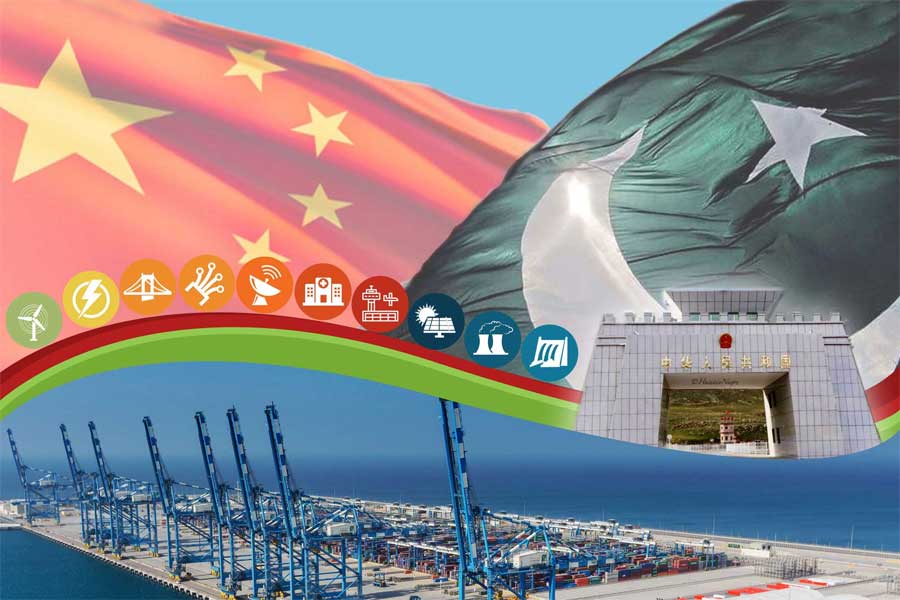As Pakistan navigates its economic landscape, recent publications by the Pakistan Institute of Development Economics (PIDE) underscore the significance of a reform agenda for sustained domestic growth. The eighth pillar of this agenda emphasizes the importance of openness, competitiveness, and comparative advantage, particularly focusing on market regulations that foster healthy competition and protect consumers from anti-competitive practices. Over the past four decades, Pakistan has pursued deregulation and liberalization policies, yet challenges persist in achieving the dual objectives of creating a competitive market and cultivating a vibrant private sector.
Pakistan’s journey towards economic competitiveness is at a critical juncture, necessitating a comprehensive reevaluation of existing market regulations and a strategic realignment of policies to promote healthy competition. The Pakistan Institute of Development Economics (PIDE) has underscored the pivotal role of market regulations in ensuring healthy competition for economic efficiency and consumer protection. However, despite the country’s pursuit of deregulation and liberalization over the past four decades, the effectiveness of these regulations in creating a competitive market environment and fostering a vibrant private sector remains a challenge.
In the intricate landscape of market regulations, competition policies are pivotal tools that governments employ to foster competitiveness by overseeing monopolies and mitigating restrictive trade practices. However, Pakistan’s market scenario deviates from the ideal competitive model outlined in economic theory. Instead, it is perceived to be concentrated and influenced by powerful lobbies with close ties to government officials and politicians.
The Bertelsmann Stiftung’s Transformation Index (BTI) for 2020 classifies Pakistan among poorly functioning countries concerning the organization of the market and competition policy. This trend extends to rankings in trade liberalization and the banking system. Likewise, on the Global Competitiveness Index (GCI) by the World Economic Forum, Pakistan holds the 110th position out of 141 countries. corruption, an ambiguous tax system, inadequate infrastructure, economic and political instability, skills deficiencies, and a limited capacity to innovateas the main hurdles that dampen competitive economic activities in the country.
Efficient enforcement of effective competition laws and policies is imperative for Pakistan’s economic growth. The current scenario necessitates a strategic realignment of policies, aiming not only to eliminate structural barriers for new entrants but also to discourage market dominance, fostering healthy competition. The pivotal tool in this endeavor is the Competition Act, 2010 (CA ’10), which empowers the Competition Commission of Pakistan to ensure economic efficiency and shield consumers from anti-competitive practices. Yet, the actual impact of CA ’10 hinges on its diligent implementation and enforcement.
Additionally, Pakistan’s private sector faces stagnation due to regulatory hurdles and weak competition policies, revealed by a study from the Pakistan Institute of Development Economics (PIDE). The formal sector is dominated by small businesses (70%), hindered by complexities in formalizing larger ones. Compared to peer countries, only 8% of Pakistani firms are considered ‘large.’ 54 percent in Sri Lanka, 52 percent in Indonesia, and 47 percent in Thailand .thisstagnation reflects globally as Pakistan’s share in the world market dropped by 19% since 2003 despite an increase in the overall shares of SAARC region by 186 percent and ECO by 127 percent for the same period.
In particular, persistent protection to domestic industry through tariff and non-tariff trade barriers has created inefficiencies in the manufacturing sector, which is unable to compete even in the domestic market. Protective measures favoring local industries through trade barriers further add to the problem, The National Tariff Policy 2019-24 promising ‘strategic protection’ against foreign competition, yet details remain unclear.
Pakistan’s lower competitiveness is evident in both domestic and foreign markets. Domestically, competition faces challenges due to structural regulatory barriers, market dominance by a few firms, and an absence of effective competition policies. Similarly, foreign competition is hampered by high trade barriers compared to similar countries, indirectly impacting domestic competition by limiting input availability and increasing costs.
To enhance Pakistan’s economic competitiveness, a two-pronged strategy is recommended from my side. Firstly, strengthen the implementation of the Competition Act, 2010, targeting anti-competitive practices and market dominance. This will eliminate barriers for new entrants and discourage the establishment of dominant market positions. Secondly, rationalize protection for the domestic industry by gradually reducing direct subsidies and rebates.
Redirect investments towards developing robust infrastructure, fostering a business-friendly environment, leveling the playing field, and aligning domestic prices with international standards. Despite progress, ranking 108 in the 2020 Ease of Doing Business, there’s room for improvement. Focus on streamlining processes, managing licenses, and facilitating cross-border trade is crucial for fostering a proactive private sector and contributing to global economic competitiveness.
Regulatory synergy: Fostering openness & competitiveness in Pakistan




